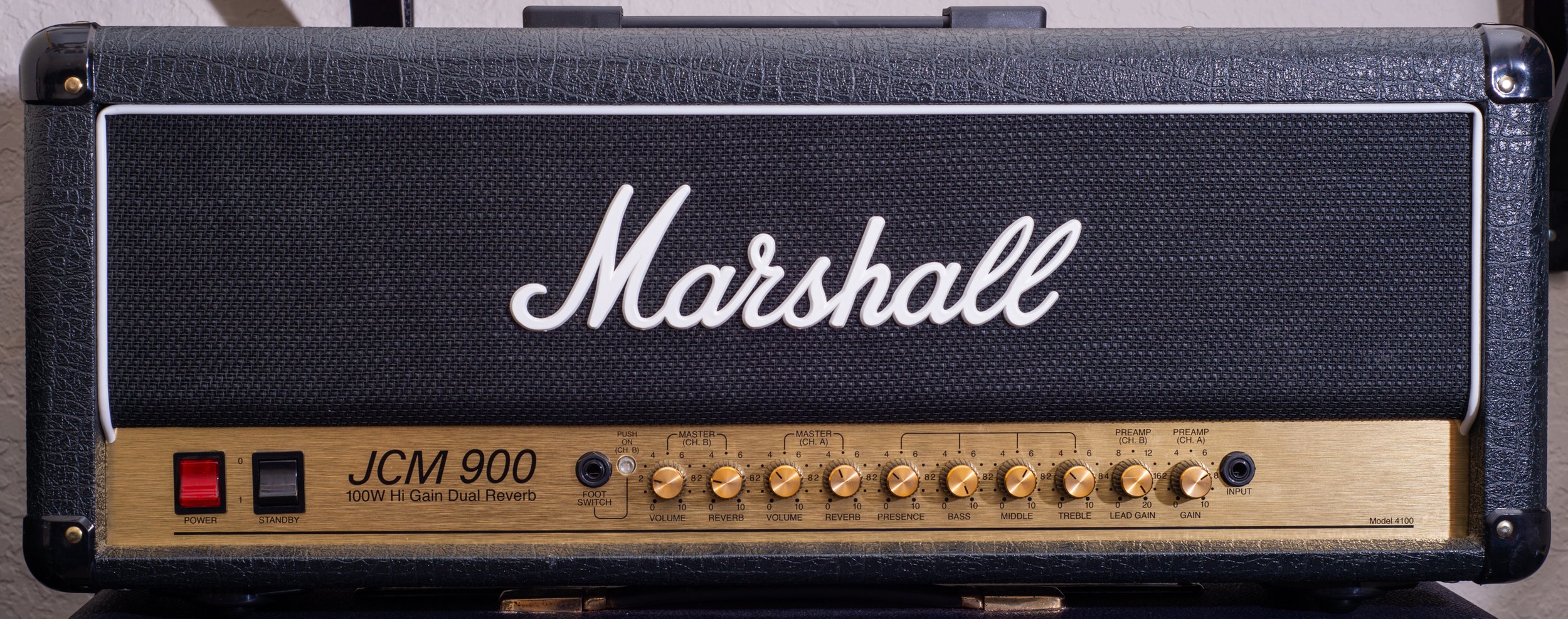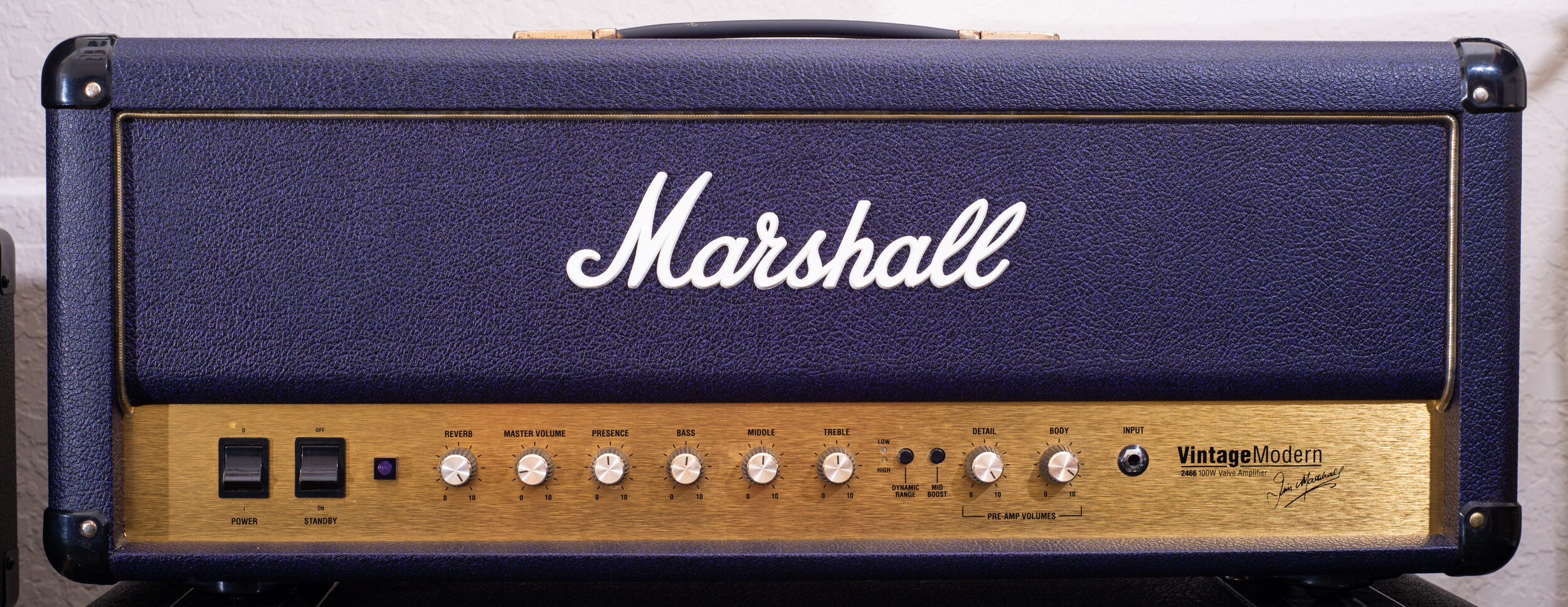I’ve heard very little in the way of good reviews of the “dual reverb” series of JCM900 amps, but after picking up an SL-X and then later going through multiple Mk III’s, I really just had to find out for myself. I missed the boat on picking up 900DR’s for $300 or $400 on craigslist, but when this one popped up on Guitar Center’s used section - and even better, a nearly brand spanking new Reissue model - for not much more than a 20 year old one, I couldn’t resist.
That said, I’m not afraid of an old amp, and I understand components and suppliers may have changed since the original run, but this amp will sound 95% the same as an original run. I’m not going to pay the $2900 (!!) these cost new, but for 900 bucks, I really couldn’t turn it down.
Okay, so now it’s in my hands… and how to put it tactfully…. I am not a fan of this amp. It’s bright, lacks punchy bass, and just overall falls flat next to the SL-X, 2203x, and 2210 that share the shelf with it right now. What it does do incredibly well however is that raspy 90s punk powerchord thing - which it does nail perfectly. Of course there are ways to make it sound better, such as an EQ in the loop, or a boost pedal in the front and the gain on the amp turned down. I’ve also read that disconnecting the diodes can improve the sound, but I really think from looking at the circuit that it’s more of an EQ issue than anything specific to the diodes - my 2210 is one of, if not my absolute favorite amp and that has diodes too.
Now I don’t want to sound too harsh, it’s a fine amp for that specific sound that it does, it’s just not a sound I would choose for myself. It’s aggressive and bright, but I can see why these were so lamented, especially since I have a 2ch Mesa Recto here too, it’s direct competition at the time, and that amp is superior even for mid-gain sounds, which neither of these amps were really designed for. Still, I’m holding onto it because it does complete the collection - with this amp I now have every main line Marshall head in recent memory, and it’s very useful for comparison and context on how circuit designs changed over time - this was an extremely innovative amp design wise for its time.










